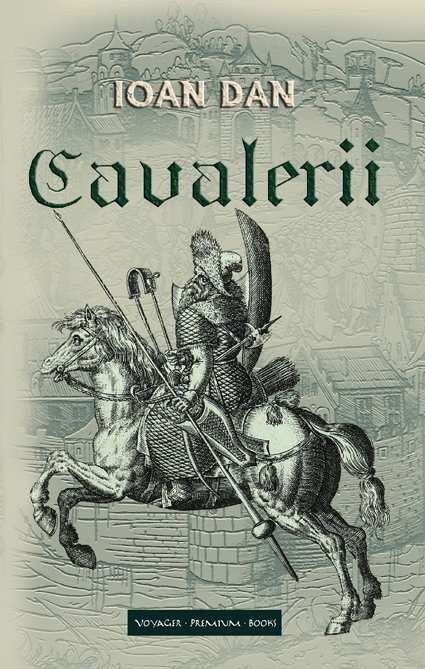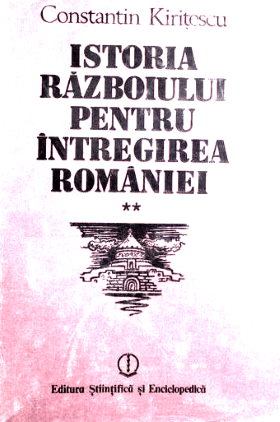Cărți «Ascensiunea și decăderea marilor puteri: transformări economice și conflicte militare din 1500 până în 2000 citește online PDF 📖». Rezumatul cărții:
[64] G. Parker, The Army of Flanders and the Spanish Road 1567–1659: The Logistics of Spanish Victory and Defeat in the Low Countries War, Cambridge, 1972, p. 6.
[65] I.A. A. Thompson, War and Govemment in Habsburg Spain 1560–1620, Londra, 1976, p. 16. Pentru o perspectivă mai generală, vezi Reynolds, Command of the Sea, capitolele 4–6.
[66] Lynch, Spain Under the Habsburgs, vol. 1, pp. 53–58.
[67] Ibidem, p. 128. Vezi şi Parker, Army of Flanders and the Spanish Road, capitolul 6.
[68] Braudel, Mediterranean World, vol. 2, p. 841; şi pentru o abordare completă a subiectului, vezi Parker, „Lepanto (1571): The Costs of Victory”, în Spain and the Netherlands, pp. 122–134.
[69] NCMH, vol. 3, pp. 275 şi urm.; Parker, „Why Did the Dutch Revolt Last So Long?” şi „Mutiny and Discontent in the Spanish Army of Flanders 1572-1607”, în Spain and the Netherlands, pp. 45–64, 106–121.
[70] I.A.A. Thompson, War and Govemment in Habsburg Spain, capitolul 3.
[71] Ibidem, pp. 36 şi urm., 89 şi urm.; Lynch, Spain Under the Habsburgs, vol. 2, pp. 30 şi urm.
[72] Pentru detalii suplimentare, vezi J. Regla, „Spain and Her Empire”, NCMH, vol. 5, pp. 319–383; Lynch, Spain Under the Habsburgs, vol. 2, capitolele 4–5; Elliott, Imperial Spain, capitolul 10; Stradling, Europe and the Decline of Spain, capitolele 3–5. Vezi şi Kamen, Spain 1469–1714, care vorbeşte despre o „recuperare” mai târzie.
[73] Vezi remarcile interesante ale lui Braudel despre dezavantajele cu care se confruntau cele două imperii „supraextinse” ale Spaniei şi Islamului, în Mediterranean World, vol. 2, pp. 701–703.
[74] Fluctuaţiile eforturilor spaniole de pe un teatru de război pe altul sunt foarte bine prezentate în Parker, „Spain, Her Enemies and the Revolt of the Netherlands, 1559-1648”, în Spain and the Netherlands, pp. 17–42.
[75] Lynch, Spain Under the Habsburgs, vol. 1, p. 347.
[76] Ibidem, vol. 2, p. 70.
[77] E. Heischmann, Die Anfange des stehenden Heeres in Oesterreich, Viena, 1925.
[78] NCMH, vol. 5, capitolele 18 şi 20; Kann, History of the Habsburg Empire.
[79] Vezi excelenta analiză a războiului din Ţările de Jos în Duffy, Siege Warfare, capitolul 4.
[80] Parker, Spain and the Netherlands, pp. 185, 188.
[81] Idem, Army of Flanders and the Spanish Road, pp. 50 şi urm.
[82] NCMH, vol. 3, p. 308.
[83] Apud Parker, Europe în Crisis, p. 238.
[84] Ibidem, p. 239.
[85] Pentru cele ce urmează, vezi Kamen, Spain 1469–1714, pp. 81 şi urm., 161 şi urm., 214 şi urm.; G. Koenigsberger, „The Empire of Charles V în Europe”, NCMH, vol. 2, pp. 301–333; vezi şi versiunea extinsă din Koenigsberger, Habsburgs and Europe, passim.
[86] H.G. Koenigsberger, The Govemment of Sicily Under Philip II, Londra, 1951, passim.
[87] Idem, The Habsburgs and Europe, passim; vezi şi excelentul studiu al lui D. Stella, Crisis and Continuity: The Economy of Spanish Lombardy in the Seventeenth Century, Cambridge, Mass., 1979.
[88] Parker, Spain and the Netherlands, pp. 21–22.
[89] NCMH, vol. 1, pp. 450 şi urm., vol. 2, pp. 320 şi urm.; Elliott, Imperial Spain, capitolele şi 8; Lynch, Spain Under the Habsburgs, vol. 1, pp. 53 şi urm., passim, vol. 2, pp. 3 şi urm.
[90] Pentru cele ce urmează, vezi Cipolla, Before the Industrial Révolution, pp. 250 şi urm.; J.V. Vives, „The Decline of Spain in the Seventeenth Century”, în Cipolla (ed.), Economic Decline of Empires, pp. 121–167; Davies, Golden Centuty of Spain, capitolele 3 şi 8; Wallerstein, Modern World System, vol. 1, pp. 191 şi urm., precum şi cărţile lui Elliott şi Lynch.
[91]






